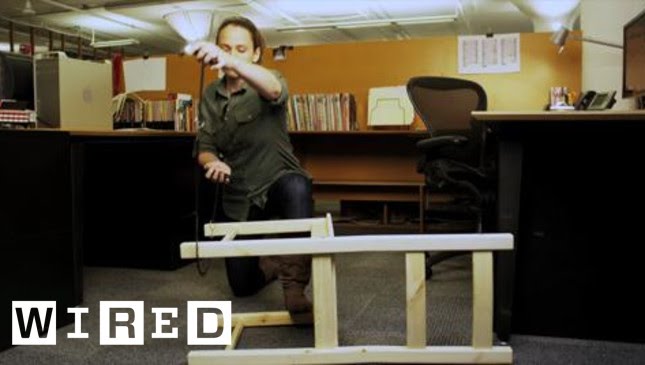Making Knives: A Guide to Increasing Complexity
Summary
In this article, we follow Chelsea Mille as she takes on the challenge of making a knife in six levels of increasing complexity. From a simple wood knife to a paring knife made from metal, Chelsea shares her expertise on the process of making a knife, including tips on sanding, handle-building, and sharpening.
Table of Contents
- Level One: Wood Knife
- Level Two: Wood Knife with Handle
- Level Three: Metal Butter Knife
- Level Four: Paring Knife
- Level Five: Forging and Hammering
- Level Six: Heat Treating, Handle Building, and Sharpening
Level One: Wood Knife
The first level of complexity in making a knife is a wood knife. Chelsea sources the wood, traces the desired shape, cuts it out, sands it, and oils it. It’s important to protect yourself when cutting and sanding and to leave a little room for error. Sanding should be done with a coarse grit and increased tightness of the grit to achieve a fine, smooth finish. Applying mineral oil and beeswax helps keep moisture out of the wood.
Level Two: Wood Knife with Handle
In level two, Chelsea adds a wood handle to the wood blade, tracing a handle on another piece of wood and sanding each piece to fit perfectly. She emphasizes the importance of ensuring that the handle is snug before gluing it. When hand sanding, she recommends using separate sandpaper for the wood and handle.
Level Three: Metal Butter Knife
Moving on to level three, Chelsea makes a metal butter knife. She cautions against breathing in metal fumes and stresses the importance of good posture when working with a grinding stone. Sanding each piece to fit perfectly is still crucial, and she recommends using separate sandpaper for the wood and handle.
Level Four: Paring Knife
In level four, Chelsea makes a paring knife. She advises considering the length of the blade, how it fits in the hand, and the desired edge. The forging process is recommended for removing more material when making a paring knife. The speaker also highlights the need to ensure that the molecular structure of the blade is strong enough to last a long time.
Level Five: Forging and Hammering
At level five, Chelsea gives advice on hammering and forging, emphasizing the importance of keeping movements close to the body to avoid stress and using core strength. She cautions about the dangers of working with hot metal and machinery and recommends using protective gear.
Level Six: Heat Treating, Handle Building, and Sharpening
Finally, at level six, Chelsea explains the process of heat treating the material to bring out optimal characteristics and prefers to use a heat treat oven for consistency. She then describes the process of building a handle and sharpening the blade, recommending the use of whetstones and maintaining the correct angle. The speaker suggests setting up a jig on the sanding belt for muscle memory of the correct angle.
Conclusion
Making a knife can be a complex process, but with the right tools and techniques, it can be a rewarding experience. Following Chelsea’s guide, we can learn the steps needed to create a knife at different levels of complexity, from a simple wood knife to a paring knife made from metal. Remember to stay safe and take your time with each step to ensure a quality end result.







